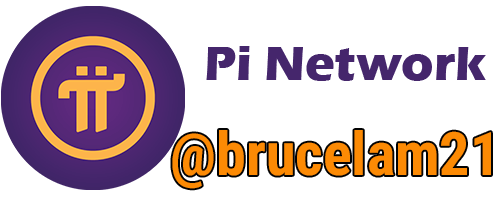
HEX to Binary Converter
Online HEX(hexadecimal) to Binary Converter: Fast, easy, and accurate. Perfect for students, developers, and anyone needing quick conversions.
HEX (hexadecimal) is a numeral system with a base of 16, using sixteen distinct symbols: 0–9 for values zero to nine and A–F for values ten to fifteen. Binary, on the other hand, is a base-2 numeral system, using only two symbols: 0 and 1. Converting between these two systems is a fundamental task in computer science and digital electronics, given their widespread use in encoding data.
To make this conversion process simple and efficient, an online tool called the HEX to Binary Converter is available. This tool streamlines the process, making it accessible for both beginners and seasoned professionals.
Using the HEX to Binary Converter tool involves straightforward steps:
Enter HEX Code
The first step is to enter the HEX code into the designated input field. The HEX code can consist of any combination of the symbols 0-9 and A-F. This input field is designed to accept long strings of HEX characters, ensuring that users can convert even extensive data blocks.
Press 'Convert' Button
Once the HEX code is entered, the user simply needs to press the 'Convert' button. This triggers the conversion algorithm, which processes the inputted HEX code and translates it into the binary format.
Results: Convert to Text with 0 and 1
The result of the conversion is displayed in the output field. This output will be a sequence of 0s and 1s, representing the binary equivalent of the entered HEX code. Each HEX digit is converted to a four-bit binary string, ensuring accurate and precise conversion.
For example, if the HEX code entered is "1A3F", pressing the 'Convert' button will yield the binary output "0001101000111111". Each digit from the HEX code is independently converted as follows:
- 1 becomes 0001
- A becomes 1010
- 3 becomes 0011
- F becomes 1111
These binary strings are then concatenated to form the complete binary representation.
The HEX to Binary Converter tool is highly useful for a variety of applications, such as programming, debugging, and understanding low-level data structures in computing systems. Its simplicity and efficiency make it a valuable resource for anyone needing to perform these conversions regularly.
The tool is designed to handle various edge cases, such as invalid characters or empty input fields, providing helpful error messages to guide the user in correcting their input. This ensures a smooth and user-friendly experience, making the conversion process hassle-free and efficient.









